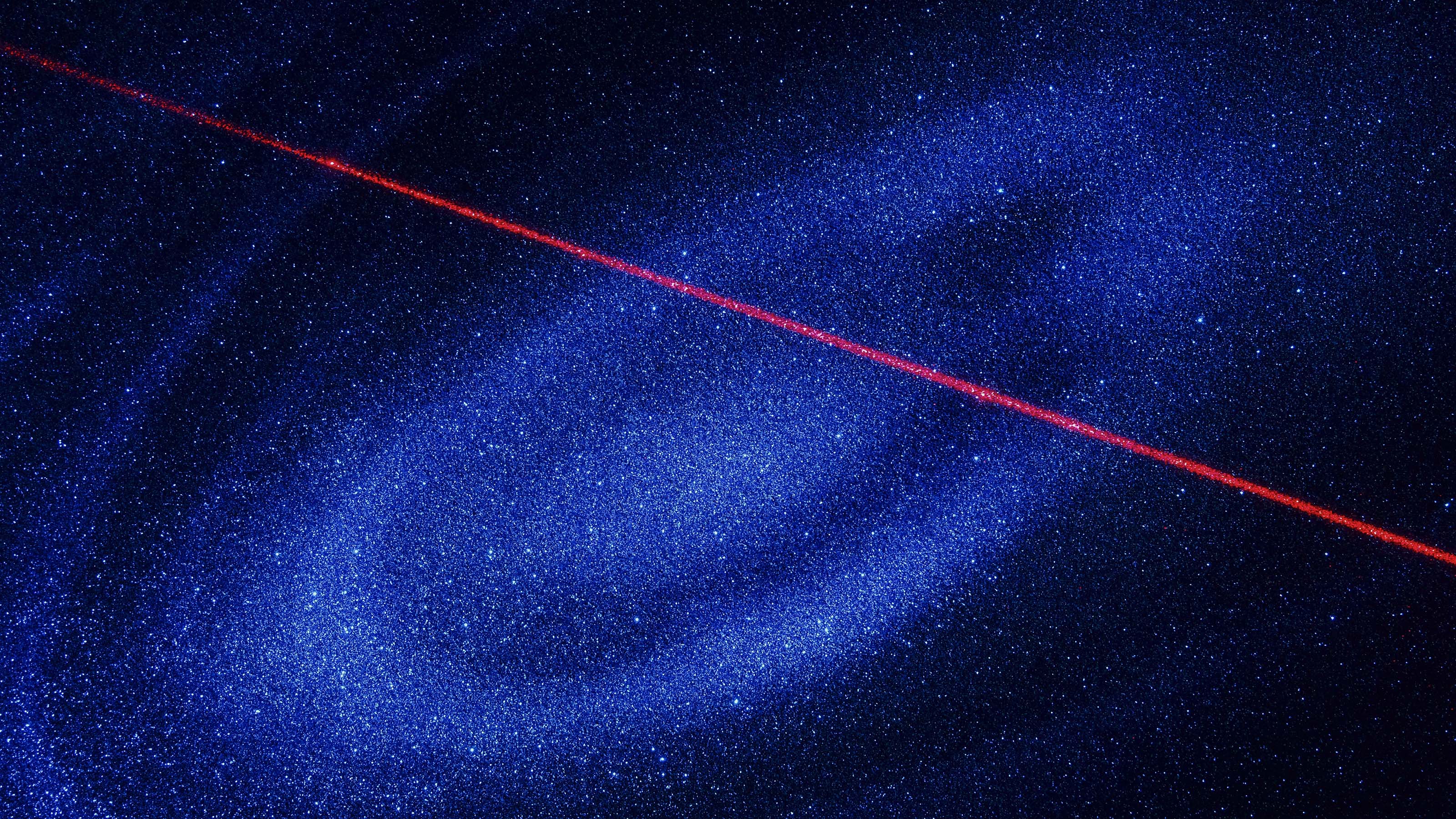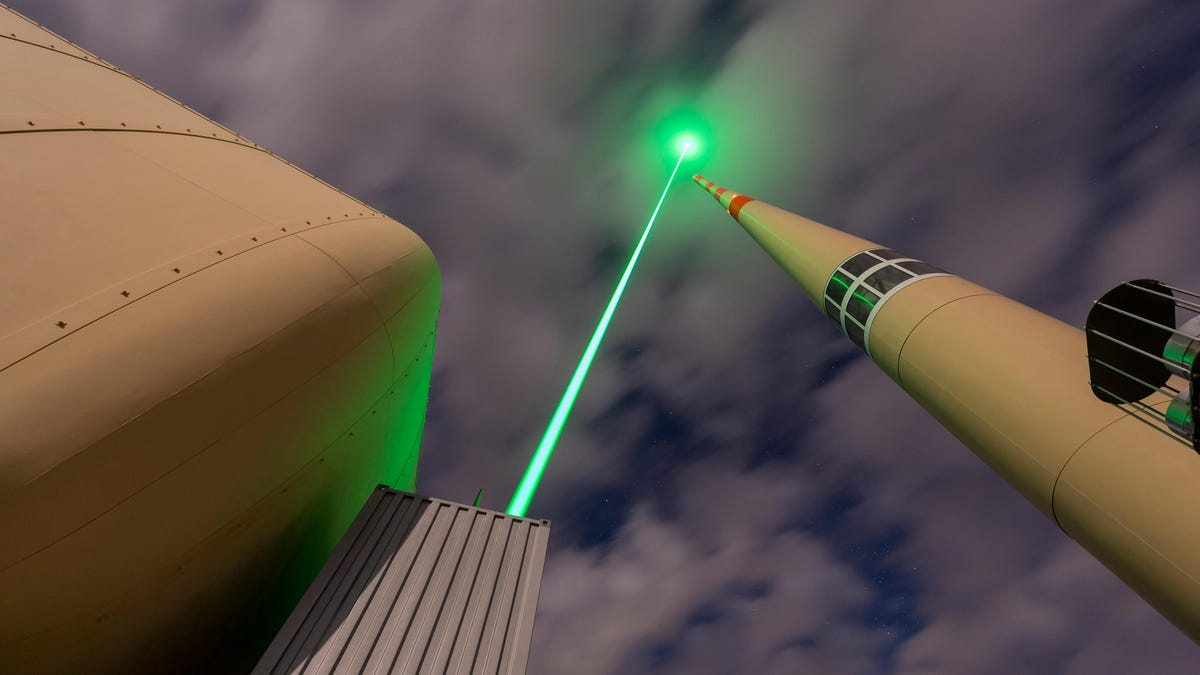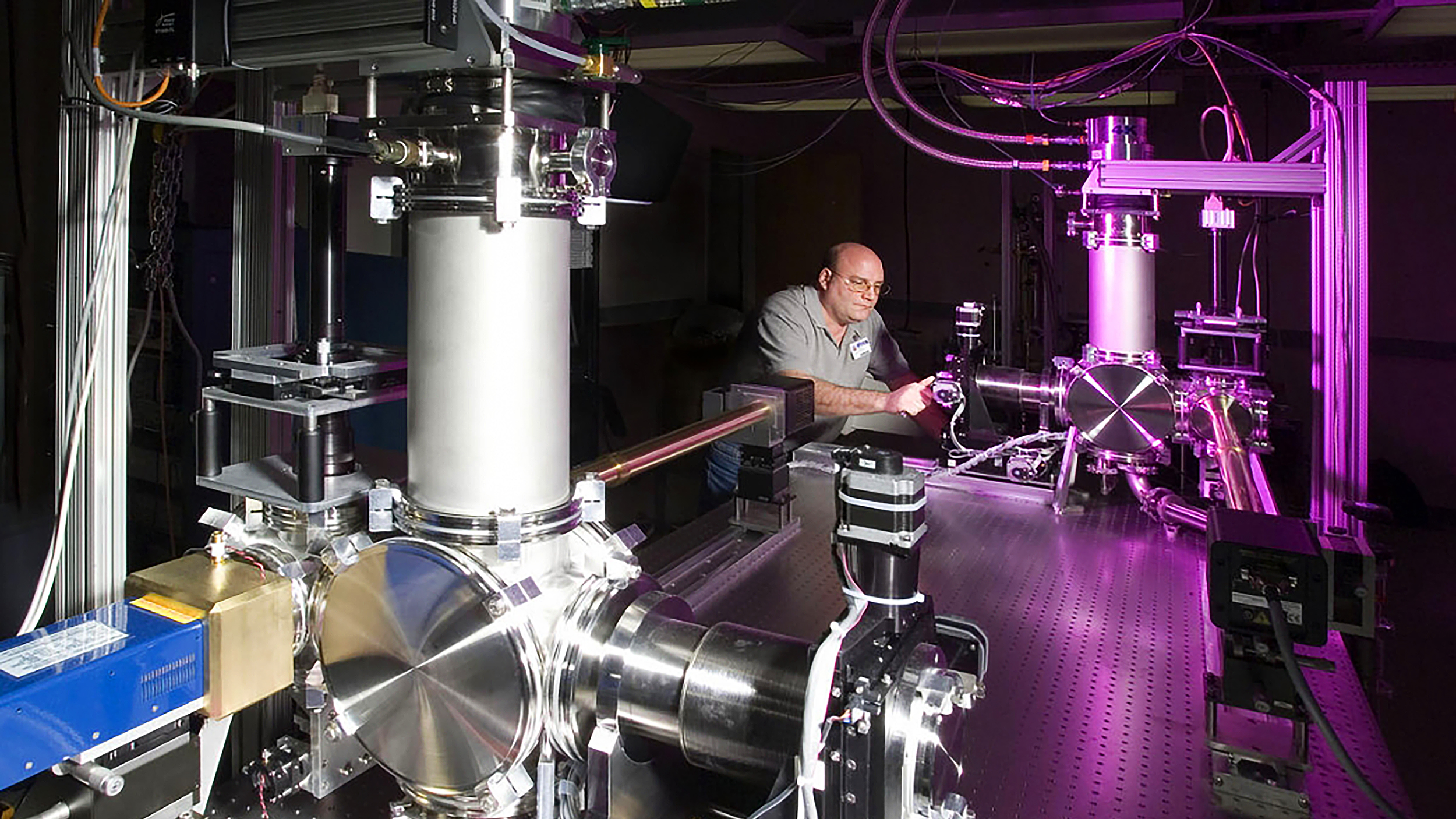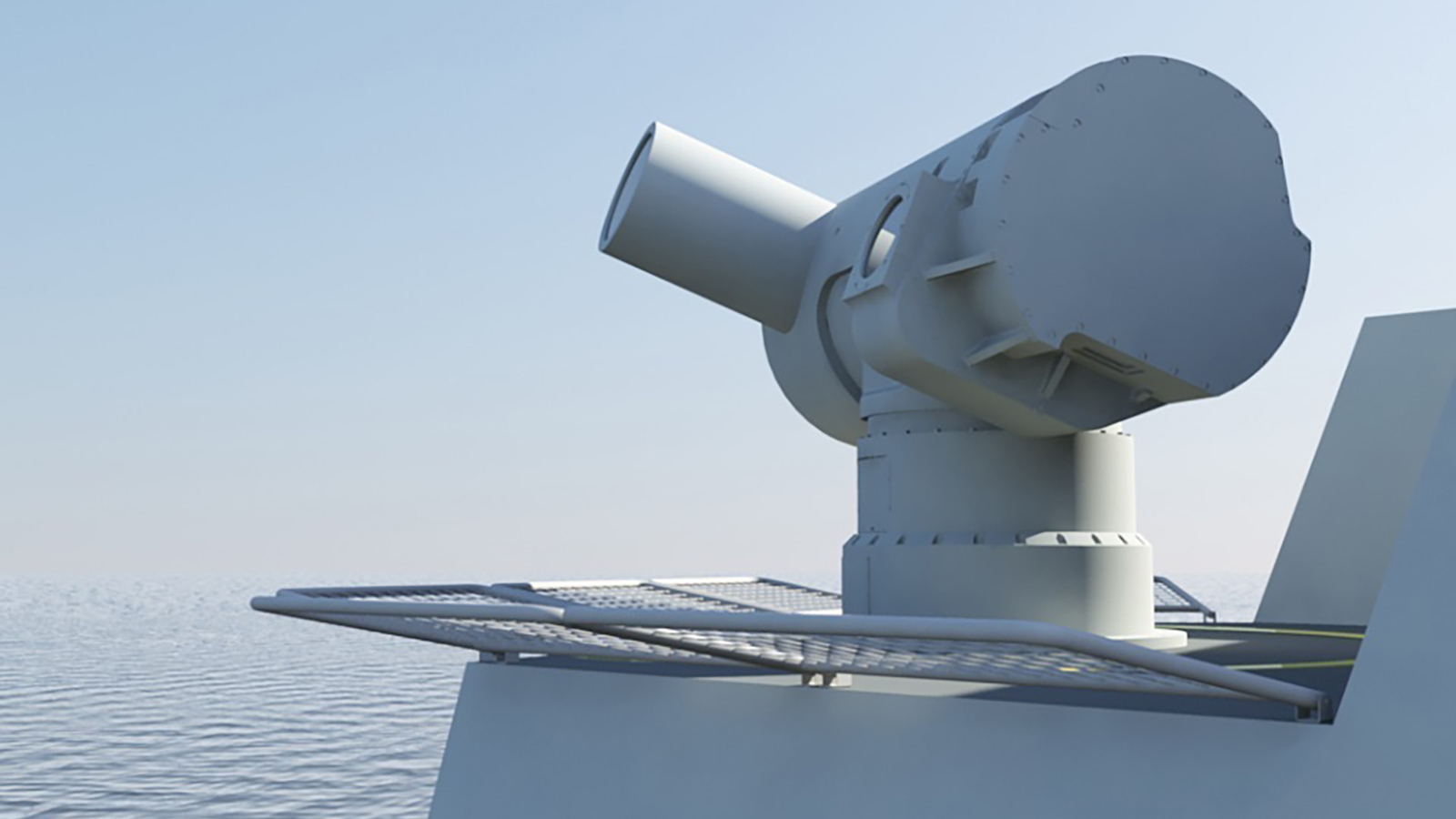World’s most powerful X-ray laser fires for the first time
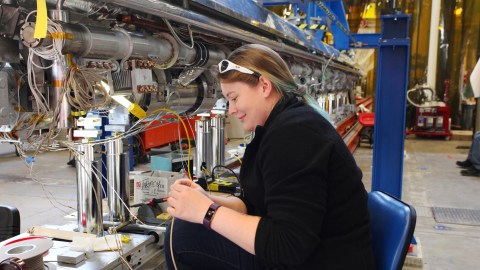
- Scientists at the SLAC National Accelerator Laboratory have launched the world’s most powerful X-ray laser, which will be used for in-depth atomic and molecular studies.
- It is a significant upgrade over its predecessor, as it is 10,000 times brighter.
- The upgraded laser facility also uses superconducting accelerator components, which allows it to operate at cryogenic temperatures close to absolute zero.
Scientists at a high-tech facility on America’s West Coast have fired up the world’s most powerful X-ray laser for the first time. With these ultra-bright pulses of X-ray light, they will make measurements that will teach us a great deal about the atomic and molecular world.
Brighter and more powerful
The LCLS-II facility is an upgrade of the Linac Coherent Light Source. It is located at the U.S. Department of Energy’s SLAC National Accelerator Laboratory, near Stanford University in Menlo Park, California. LCLS-II is what is called a free electron laser, which means that it accelerates a beam of electrons to near the speed of light and then sends the beam through a series of magnetic fields. Those magnetic fields cause the path of the electrons to wiggle and, because of the wiggling, the electrons emit very intense X-rays that can be used to image things like molecules and see how the atoms within them interact.
LCLS-II can emit as many as a million X-ray pulses every second, or 8,000 times more than the earlier LCLS laser could. When one combines the increased pulse rate with an increased number of electrons per pulse, the new facility is over 10,000 times brighter than its predecessor.
Each pulse is very short. For high-energy (short-wavelength) X-rays, the pulses range from 10 to 50 femtoseconds; for low-energy (long-wavelength) X-rays, the pulses can be stretched to as long as 250 femtoseconds. It is also possible to make very short pulses (less than 10 femtoseconds), although for such short time periods, each pulse is less bright than usual. (A femtosecond is 10-15 second.)
With such short wavelengths, short pulses, and rapid repetition, scientists can use this facility to watch chemical reactions as they occur. Essentially, each pulse can image the configuration of the atoms participating in the reaction, and then the individual images can be chained together like a molecular Claymation movie. Back in 2018, the LCLS facility was able to make a movie of a chemical process that occurs in human vision and photosynthesis. The entire process takes a mere 1,000 femtoseconds (10-12 second).
More broadly, the LCLS-II facility will be able to image objects as small as one angstrom (10-10 meter). This capability will allow researchers to study many different atomic processes, from those in biological systems to those in photovoltaics and fuel cells. The laser will also help illuminate superconductivity, ferroelectricity, and magnetism.
A pretty cool technology
One of the key components of the upgrade was the installation of some revolutionary technology. While the earlier accelerator operated at room temperature, the upgraded LCLS-II uses superconducting accelerator components, which allows it to operate at cryogenic temperatures close to absolute zero (-456° F or -271° C). The LCLS-II also has better magnets to wiggle the electron beams.
While LCLS-II has just begun operations, the success of the earlier LCLS accelerator has researchers optimistic. Over 3,000 scientists have used the facility, resulting in over 1,450 publications. Time will reveal whatever new insights this powerful laser has in store.
